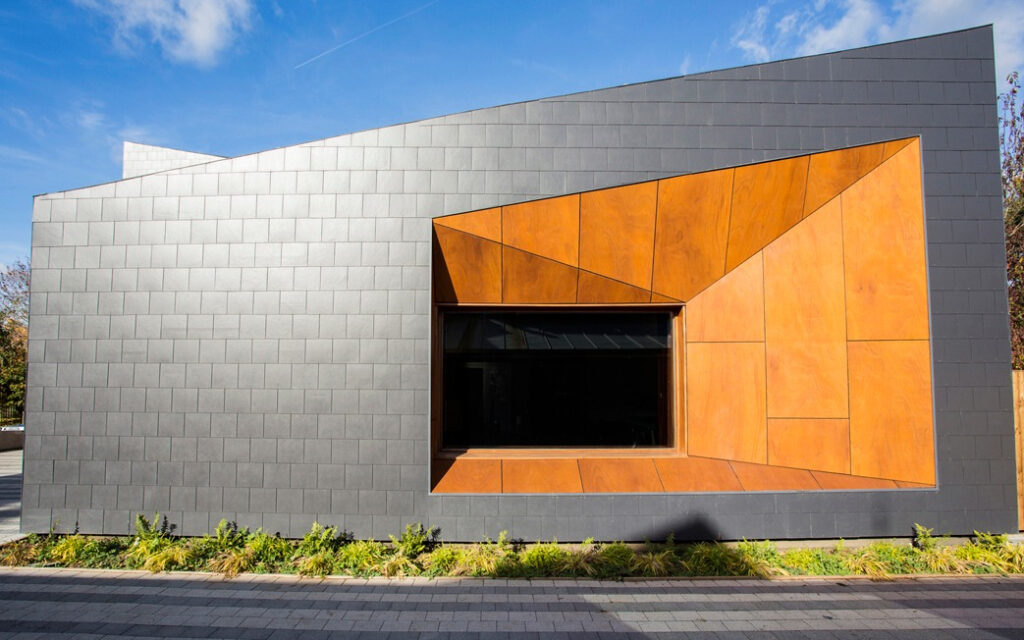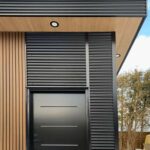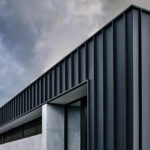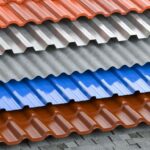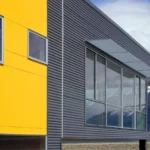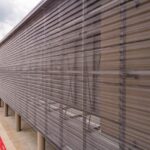Historic architecture has always held a special place in our hearts, preserving the stories and traditions of bygone eras. However, that doesn’t mean that modern design and technology can’t coexist harmoniously with these historic structures. Cassette panels are a prime example of how contemporary architectural innovations can enhance the beauty and functionality of historic buildings without compromising their authenticity.
What Are Cassette Panels?
Cassette panels are a modern construction technique that brings a fresh perspective to historic architecture. These panels consist of prefabricated sections made from various materials, such as metal, glass, or composite materials. What makes cassette panels special is their ability to seamlessly blend with the existing structure while providing numerous benefits.
Preserving Historic Elegance
One of the key advantages of cassette panels is their ability to maintain the integrity of historic architecture. These panels can be designed to match the color, texture, and finish of the original building materials, ensuring that they complement rather than clash with the historical facade. This harmonious integration allows for the preservation of the building’s authenticity while upgrading its performance.
Enhancing Thermal Efficiency
Historic buildings often suffer from poor thermal performance due to outdated construction methods and materials. Cassette panels offer a solution by incorporating modern insulation and energy-efficient technologies. These panels can significantly improve a building’s thermal performance, leading to reduced energy consumption and increased comfort for occupants.
Weather Resistance
Historic structures are vulnerable to the effects of weather and time. Cassette panels, typically made from durable materials like aluminum or composite panels, provide a protective barrier against rain, wind, and UV radiation. This added layer of defense can help extend the lifespan of the building and reduce maintenance costs over time.
Customization and Versatility
Cassette panels are incredibly versatile and customizable. They can be designed to accommodate various shapes, sizes, and patterns, allowing architects to craft intricate and unique facades that respect the historical significance of the building. This versatility makes cassette panels an ideal choice for both historical restoration projects and contemporary additions to historic structures.
Seamless Installation
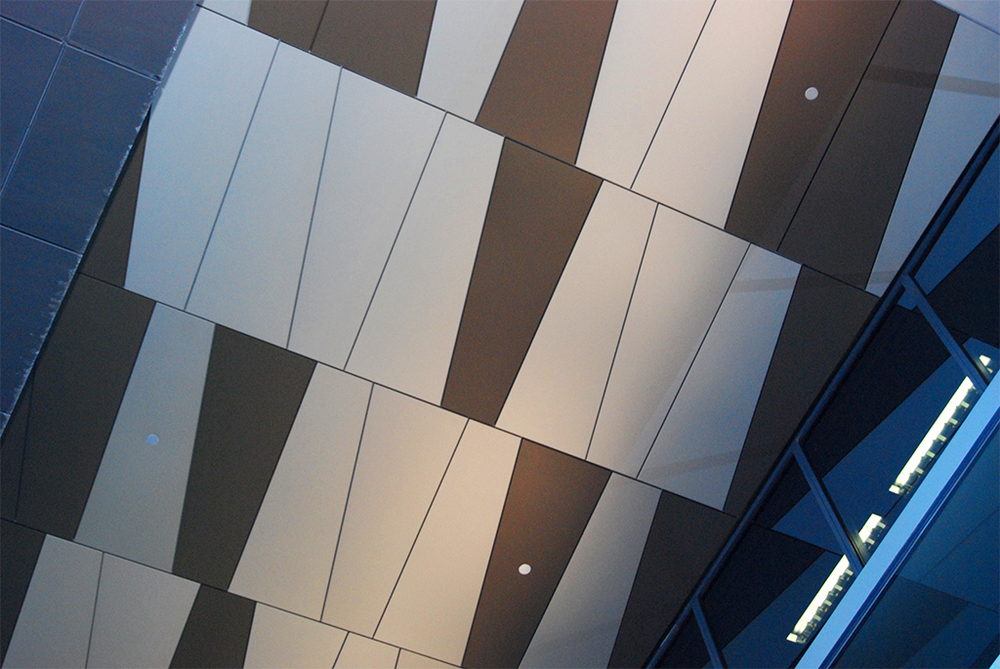
The prefabricated nature of cassette panels makes installation more efficient and less intrusive. This can be especially beneficial when working on historic structures that are often located in densely populated or sensitive areas. The reduced installation time and minimal disruption to the surroundings are appealing aspects of using cassette panels.
Maintaining Cultural Heritage
Preserving the cultural and historical significance of a building is a top priority in architectural projects involving historic structures. Cassette panels are designed to be reversible, allowing future generations to restore the building to its original state if desired. This adaptability helps maintain the cultural heritage of the structure while enabling it to evolve with changing needs.
Frequently Asked Questions
What are cassette panels in historic architecture?
Cassette panels are a modern construction technique used in historic architecture to enhance the aesthetics, performance, and functionality of historic buildings. They are prefabricated sections made from various materials and designed to seamlessly integrate with the existing structure.
How do cassette panels preserve the authenticity of historic buildings?
Cassette panels can be customized to match the color, texture, and finish of the original building materials, ensuring that they complement the historic facade and preserve the building’s authenticity.
What are the benefits of using cassette panels in historic architecture?
Some key benefits of using cassette panels in historic architecture include improved thermal efficiency, enhanced weather resistance, customized designs, seamless installation, and the ability to maintain the cultural heritage of the building.
How do cassette panels improve thermal efficiency in historic buildings?
Cassette panels can incorporate modern insulation and energy-efficient technologies to significantly improve a historic building’s thermal performance. This leads to reduced energy consumption and increased comfort for occupants.
What materials are commonly used in cassette panels?
Cassette panels are typically made from durable materials like aluminum, composite panels, glass, or other materials, depending on the specific design and performance requirements.
Can cassette panels be customized for unique architectural designs?
Yes, cassette panels are highly versatile and customizable. They can be designed to accommodate various shapes, sizes, and patterns, allowing architects to create intricate and unique facades that respect the historical significance of the building.
Are cassette panels suitable for both historical restoration projects and contemporary additions to historic structures?
Yes, cassette panels can be used in both historical restoration projects and contemporary additions to historic buildings. Their reversible nature allows for the preservation of cultural heritage and the ability to adapt to changing needs.
How does the installation of cassette panels impact the surrounding environment?
The prefabricated nature of cassette panels makes installation more efficient and less intrusive. This minimizes disruption to the surroundings, which is especially beneficial when working on historic structures in densely populated or sensitive areas.
Can cassette panels be removed in the future without causing damage to the historic building?
Yes, cassette panels are designed to be reversible, ensuring that they can be removed without causing damage to the historic building. This adaptability allows for future restoration if desired.
Are there any specific regulations or guidelines for using cassette panels in historic architecture?
The use of cassette panels in historic architecture may be subject to local building codes, preservation guidelines, and historic district regulations. It’s essential to consult with local authorities and preservation experts to ensure compliance with these requirements.
Conclusion
Cassette panels in historic architecture represent a dynamic marriage of past and present. These innovative construction methods have enabled architects and designers to breathe new life into aging buildings, all while respecting their historical and cultural significance. By seamlessly blending modern technology with time-honored aesthetics, cassette panels offer a solution that helps preserve our architectural heritage and ensure its relevance in the contemporary world. As we move forward, it is clear that historic architecture and modern innovations, such as cassette panels, can coexist harmoniously to create lasting beauty and functionality.

